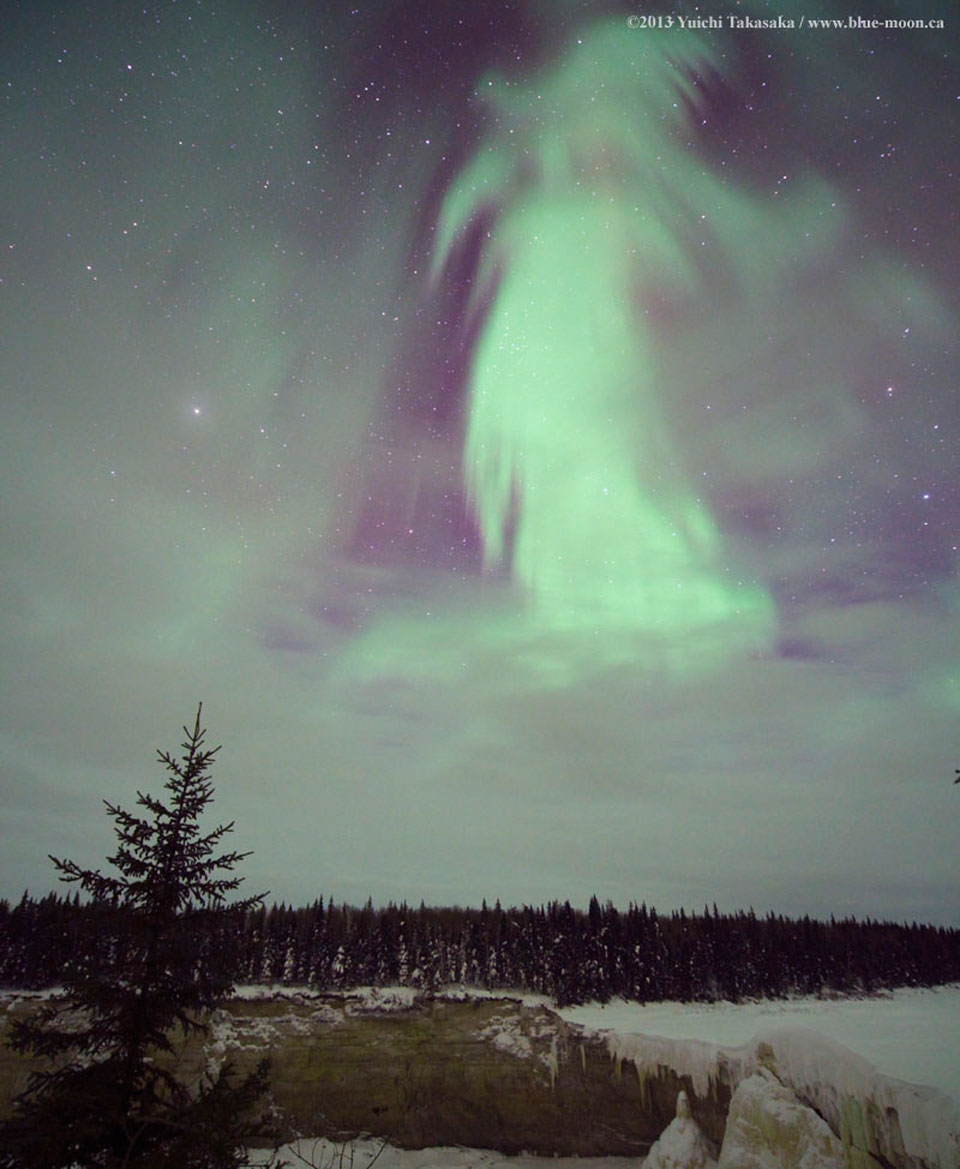526
527
528
529
530
531
532
533
534
535
45
Microgravity Can Permanently Mutate Bacteria And Make Them Faster Breeders
(www.sciencealert.com)
536
537
538
539
540
541
542
543
68
The Observable Universe Might Be A Black Hole, Suggests A Chart Of Everything
(www.iflscience.com)
544
545
546
32
Mysterious Fast Radio Burst From Deep Space Can't Be Explained by Current Theories
(www.sciencealert.com)
547
548
29
549
550
